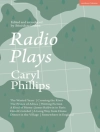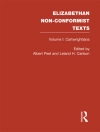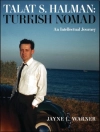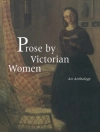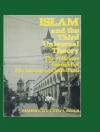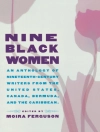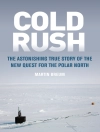Crosses disciplinary boundaries to explore German Romantic writing about visual experience and the interplay of text and image in Romantic epistemology.
The work of the groundbreaking writers and artists of German Romanticism — including the writers Tieck, Brentano, and Eichendorff and the artists Caspar David Friedrich and Philipp Otto Runge — followed from the philosophical arguments of the German Idealists, who placed emphasis on exploring the subjective space of the imagination. The Romantic perspective was a form of engagement with Idealist discourses, especially Kant’s
Critique of Pure Reason and Fichte’s
Science of Knowledge. Through an aggressive, speculative reading of Kant, the Romantics abandoned the binary distinction between the palpable outer world and the ungraspable space of the mind’s eye and were therefore compelled to develop new terms for understanding the distinction between ‘internal’ and ‘external.’ In this light, Brad Prager urges a reassessment of some of Romanticism’s major oppositional tropes, contending that binaries such as ‘self and other, ‘ ‘symbol and allegory, ‘ and ‘light and dark, ‘ should be understood as alternatives to Lessing’s distinction between interior and exterior worlds. Prager thus crosses the boundaries between philosophy, literature, and art history to explore German Romantic writing about visual experience, examining the interplay of text and image in the formulation of Romantic epistemology.
Brad Prager is Associate Professor of Germanat the University of Missouri, Columbia.
Table des matières
Introduction
Interior and Exterior: G.E. Lessing’s
Laocoon as a Prelude to Romanticism
Image and Phantasm: Wackenroder’s
Herzensergießungen eines
kunstliebenden Klosterbruders, Tieck’s
Franz Sternbalds
Wanderungen, and the Emergence of the Romantic Paradigm
Wanderungen, and the Emergence of the
Symbol and Allegory: Clemens Brentano’s
Godwi
Sublimity and Beauty: Caspar David Friedrich and Joseph Anton Koch
Light and Dark: The Paintings of Philipp Otto Runge
Absolution and Contradiction: Confrontations with Art in Heinrich von Kleist’s ‘Die heilige Cäcilie oder Die Gewalt der Musik’ and ‘Der Findling’ Findling’
Self and Other: Joseph von Eichendorff’s
Das Marmorbild
Conclusion
Notes
Works Cited
Index
A propos de l’auteur
BRAD PRAGER is Associate Professor of German at the University of Missouri, Columbia.


